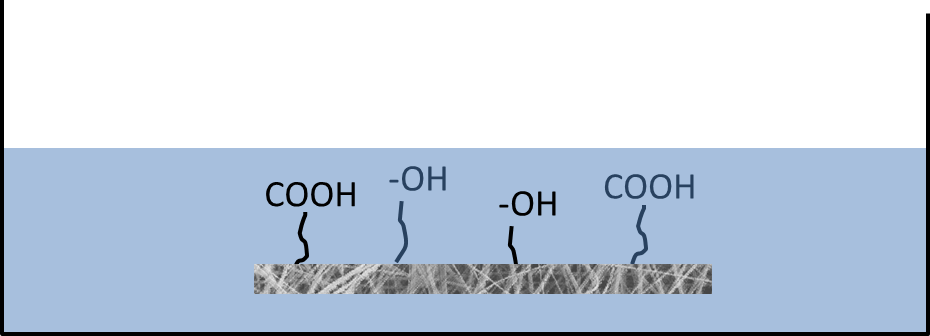▼ Reference
- Chiu H T, Lin J M, Cheng T H, Chou S Y. Fabrication of electrospun polyacrylonitrile ion-exchange membranes for application in lysozyme. Express Polymer Letters 2011; 5: 308 Open Access
- Ghasemi-Mobarakeh L, Prabhakaran M, Morshed M, Nasr-Esfahani M H, Ramakrishna S. Bio-functionalized PCL nanofibrous scaffolds for nerve tissue engineering. Materials Science and Engineering C 2010; 30: 1129.
- Laboy-López S, Fernández P O M, Padilla-Zayas J G, Nicolau E. Bioactive Cellulose Acetate Electrospun Mats as Scaffolds for Bone Tissue Regeneration. International Journal of Biomaterials 2022; 2022: 3255039. Open Access
- Liu H, Hsieh Y L. Surface Methacrylation and Graft Copolymerization of Ultrafine Cellulose Fibers. J Polym Sci Part B: Polym Phys 2003; 41: 953.
- Ma Z, Ramakrishna S. Ce(IV)-Induced Graft Copolymerization of Methacrylic Acid on Electrospun Polysulphone Nonwoven Fiber Membrane. J Appl Polym Sci 2006; 101: 3835.
- Xuyen N T, Jeong H K, Kim G, So K P, An K H, Lee Y H. Hydrolysis-induced immobilization of Pt(acac)2 on polyimide-based carbon nano?ber mat and formation of Pt nanoparticles. Journal of Materials Chemistry 2009; 19: 1283.
- Zhu Y, Leong M F, Ong W F, Chan-Park M B, Chian K S. Esophageal epithelium regeneration on fibronectin grafted poly(L-lactide-co-caprolactone) (PLLC) nanofiber scaffold. Biomaterials 2007; 28: 861.
▼ Credit and Acknowledgement
Author
Wee-Eong TEO View profile
Email: weeeong@yahoo.com
 ElectrospinTech
ElectrospinTech
